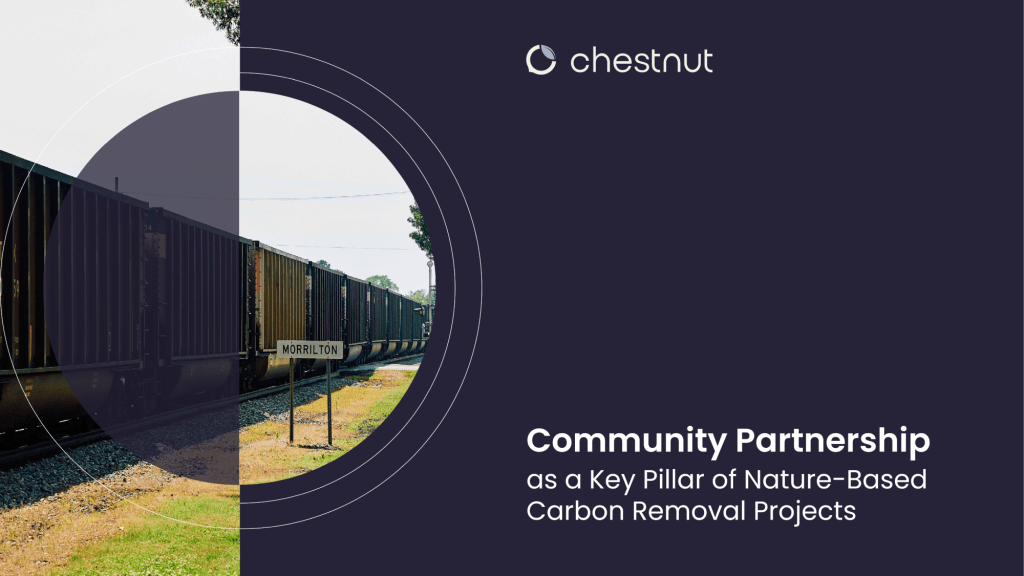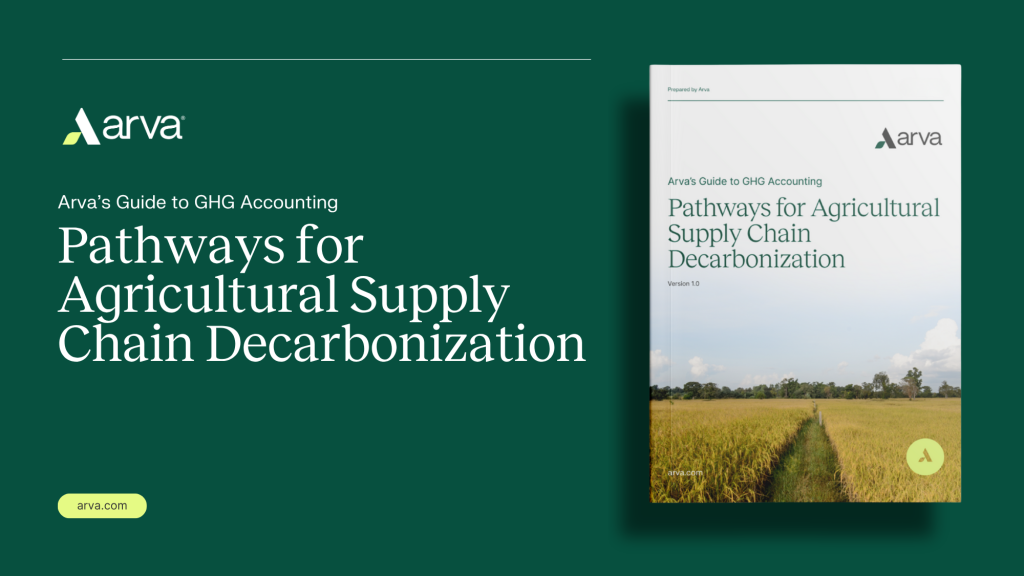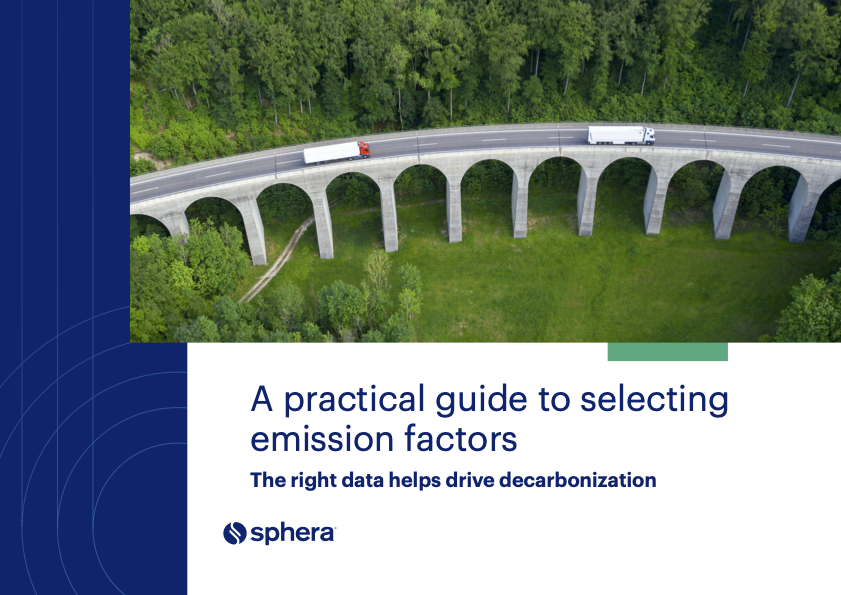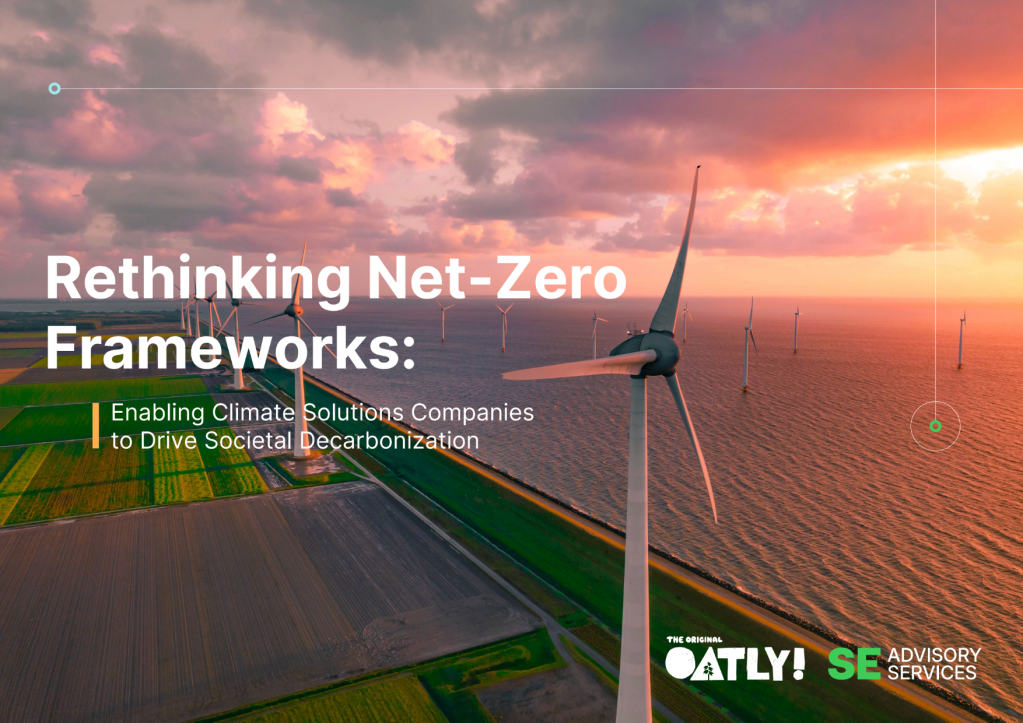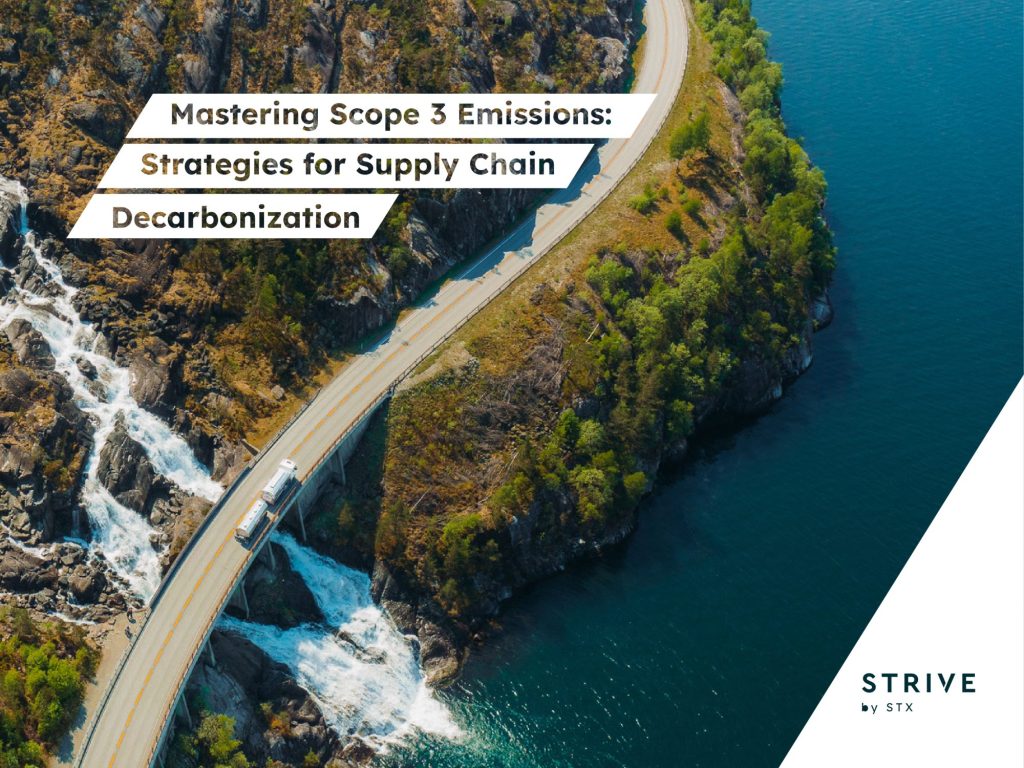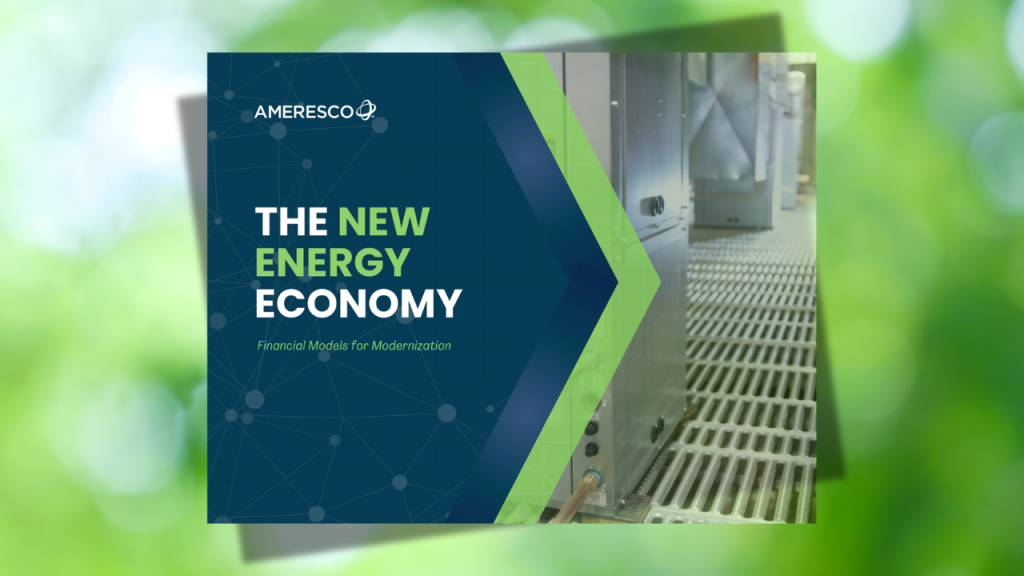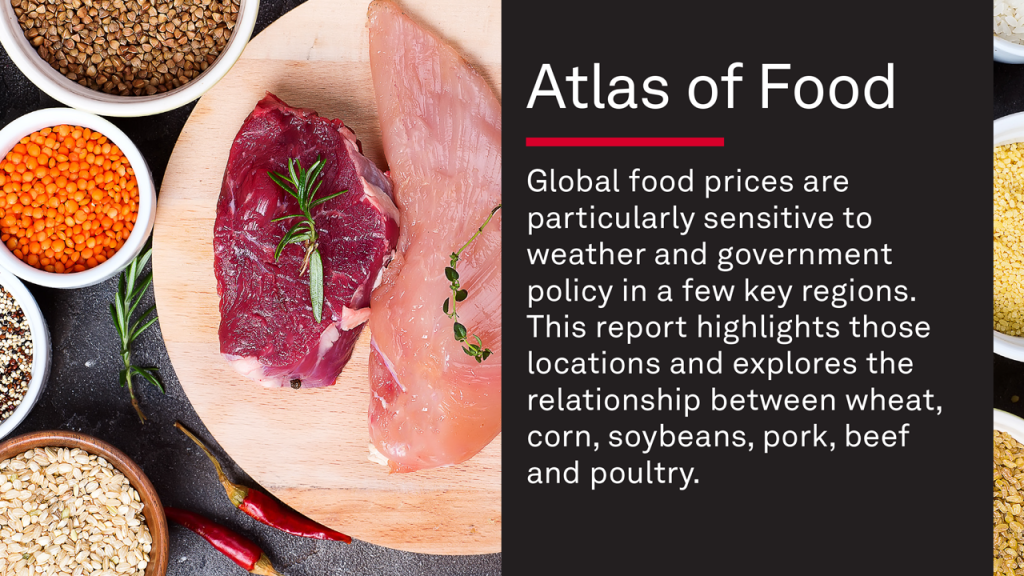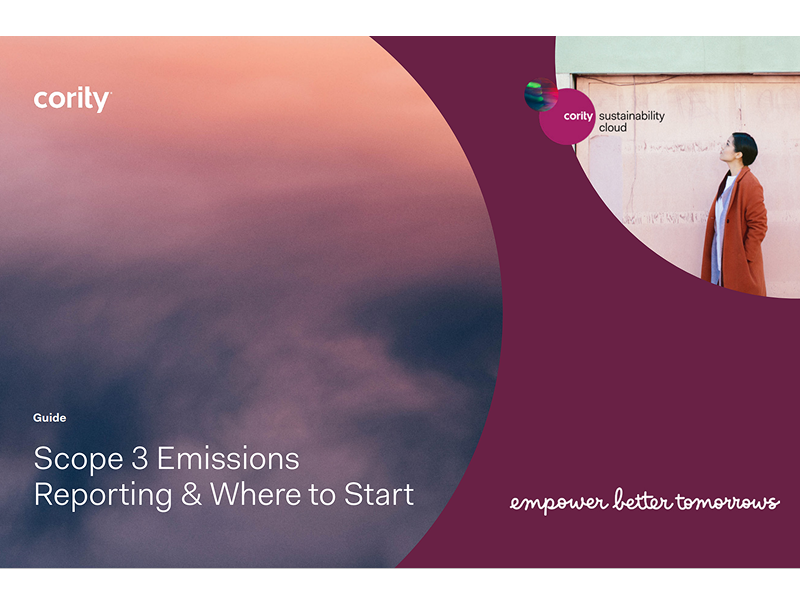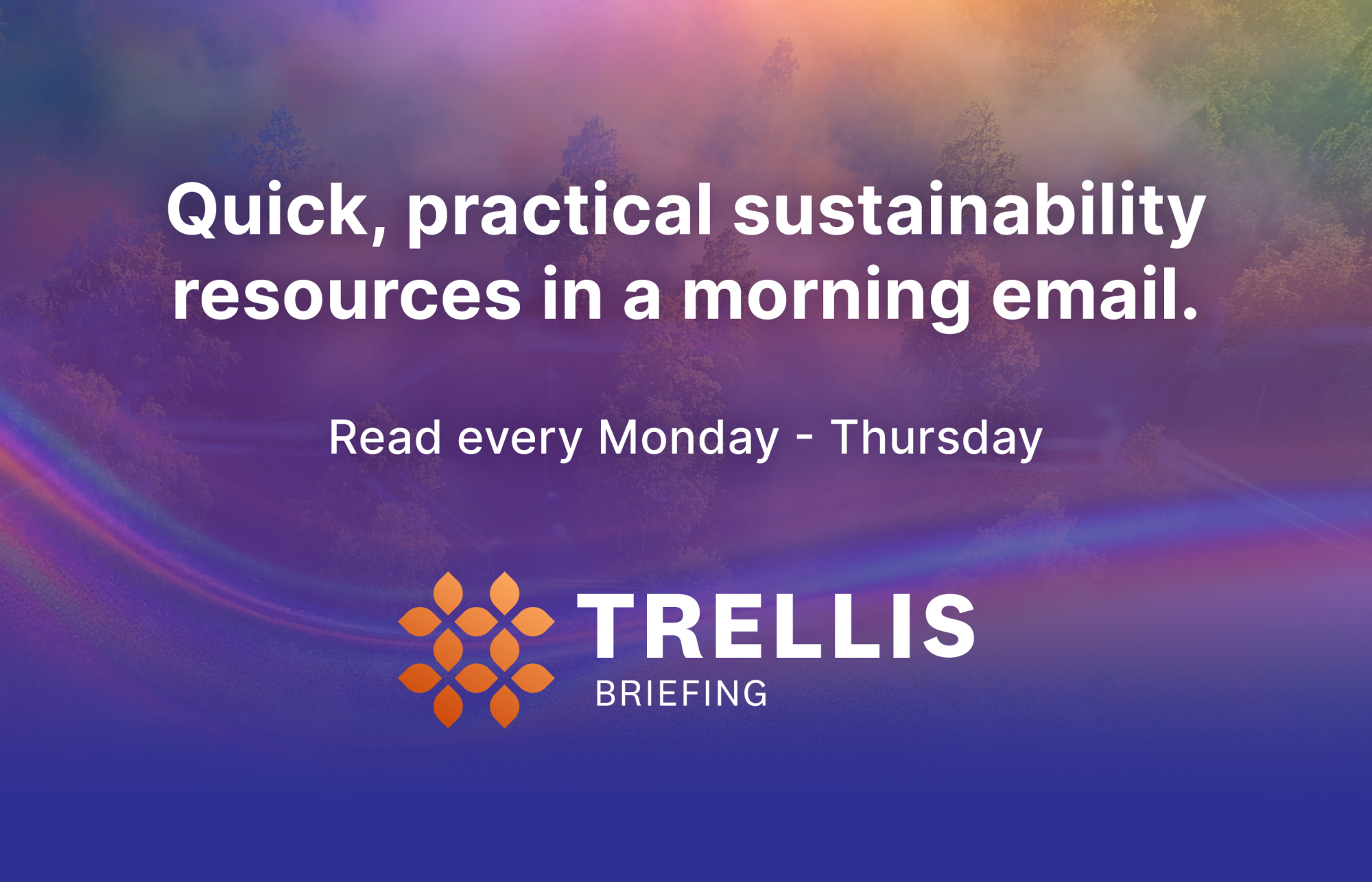Why Chipotle and Danone are feeding cows dried seaweed
It's a popular solution to tackling methane pollution. Read More
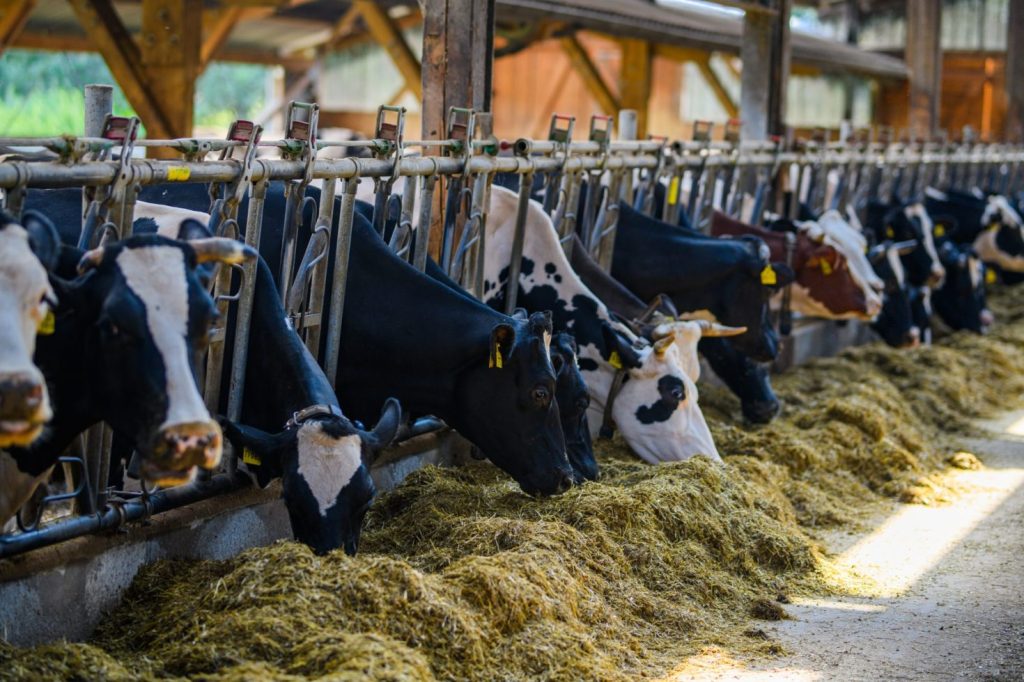
- Methane pollution needs to fall by 30 percent over the next five years to avoid worsening impacts of global warming.
- Methane innovation offers food companies opportunities to enhance operational efficiency, expand market reach and gain competitive advantage.
- Despite advances, funding and support for farmers will be critical in bringing the most promising innovations to market and spurring wide-scale adoption.
There’s a growing appetite across the food industry for dried seaweed. No, it’s not to satisfy a trendy diet craze. Rather, it’s a solution to tackle methane pollution from agriculture.
Chipotle, Mars, Danone and Clover Sonoma are among the market-leading companies investing in varieties of seaweed-based feed additives to cut the amount of methane produced by cattle.
Methane pollution from agriculture needs to fall by 30 percent over the next five years to avoid worsening impacts of planet warming, which have already decimated agricultural outputs. Last year alone, droughts, hurricanes and other extreme weather events cost U.S. farmers and ranchers over $20 billion in damage to crop and rangelands.
But the industry’s methane-reducing challenge is twofold: known techniques can only get us around halfway there, and existing technologies such as feed additives are expensive. To make up for the gap and lower the cost, the industry will have to create new ways to raise livestock to ensure the viability of farms and farmers’ livelihoods — and the supply chain they feed into.
At the same time, food companies will have to identify, incorporate and develop more plant-based or alternative proteins to reach their methane goals and protect the industry’s long-term value.
That’s where methane innovation comes in. Scaling financial support for research and advancing remedies for taming methane can open the barn door to enhancing operational efficiency, expanding market reach and gaining a competitive advantage by introducing cutting-edge food and agricultural products.
Major players across the industry have caught on to these possibilities. From dairy giants to meat traders, companies are taking three important steps to capitalize on slashing methane.
Fund research and pilot projects
Across industry and research communities, innovators are exploring pathways to stem methane pollution from livestock. Adding seaweed or other plant-based and synthetic supplements such as Bovear — recently approved by the U.S. Food and Drug Administration — to cow diets is a near-term option, while vaccinations and genetically breeding animals that emit less of the pollutant are potentials down the line. Companies can play a key role in fast tracking these approaches to curb methane by funding related research and launching pilot projects.
Nestlé, for example, is researching ways to address livestock emissions — the company’s single largest emissions driver — through its Institute of Agricultural Sciences, which is exploring methane-inhibiting feed additives and animal waste management. The institute also works closely with farmers, universities, research organizations and industry partners to test solutions before deploying them on farms in Nestlé’s larger supply chain.
Invest in the startup ecosystem
Another path for food companies to leverage innovation is by investing in promising, up-and-coming methane technologies. Not only can companies cash in if the products are successful, but the investments are crucial to helping startups overcome initial business challenges such as brand awareness and proof of concept.
Dairy giant Organic Valley, for example, has set up the Farmers Advocating for Organics program, in which dairy farmers can invest in projects aimed at developing long-term methane solutions. In 2023, the program awarded Hawaiian startup Symbrosia a grant to test the viability of a seaweed-based feed additive that could significantly curtail how much methane cattle churn out. The grant funded a six-month pilot project on several of Organic Valley’s member farms to evaluate the impact of feeding cows the product before considering it for wider expansion.
Participate in public-private partnerships
As we’ve mentioned before, food companies will have to work together to drive down methane pollution from livestock. By creating partnerships with other companies and governmental entities, the industry can work together to boost their individual innovation efforts, pooling resources and sharing lessons learned.
The Foundation for Food & Agriculture Research’s Greener Cattle Initiative provides a good illustration of such a partnership. It’s a consortium of organizations and companies that shares knowledge, sparks investments and accelerates research for mitigating methane emissions from cattle on topics such as the cattle microbiome, methane inhibitors and breeding practices. Beyond these steps to trim methane from livestock, food companies can also pioneer alternative protein products to offer consumers. Hershey, for example, replaced milk solids with roasted grain flour in a dairy-free chocolate, and Bunge sells a lineup of plant proteins that can be used in meat products and as meat alternatives.
With so many opportunities, the race is on to uncover methane busters that will make agriculture more resilient. Food companies can set the pace while unlocking the biggest bang for their methane buck by plowing forward with business strategies to fund innovation and support farmers and industry adoption.

Subscribe to Trellis Briefing
Featured Reports

The Premier Event for Sustainable Business Leaders

